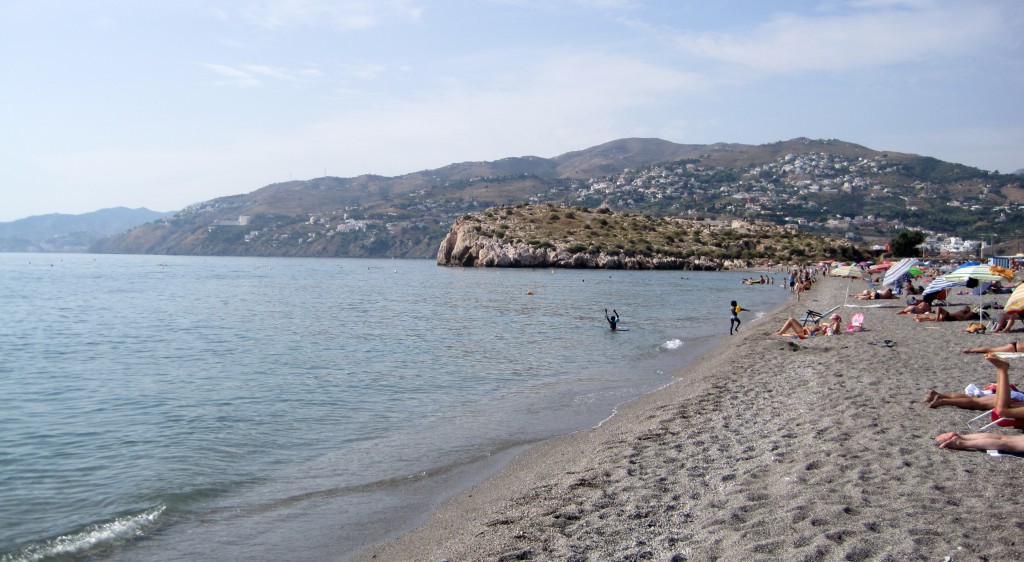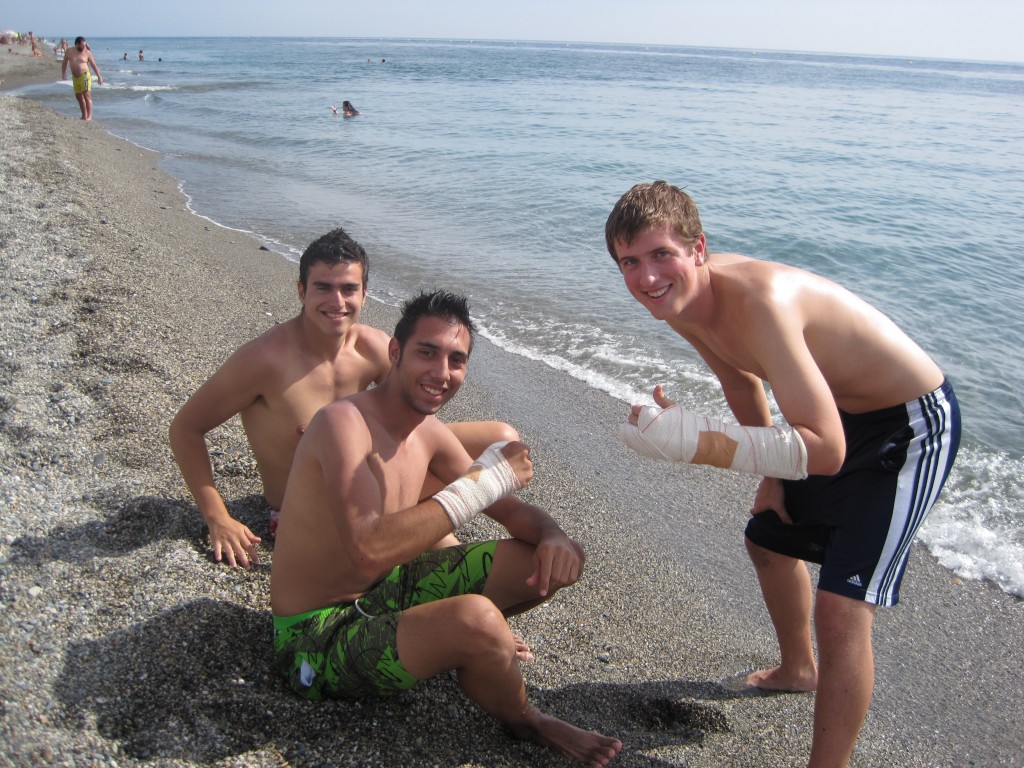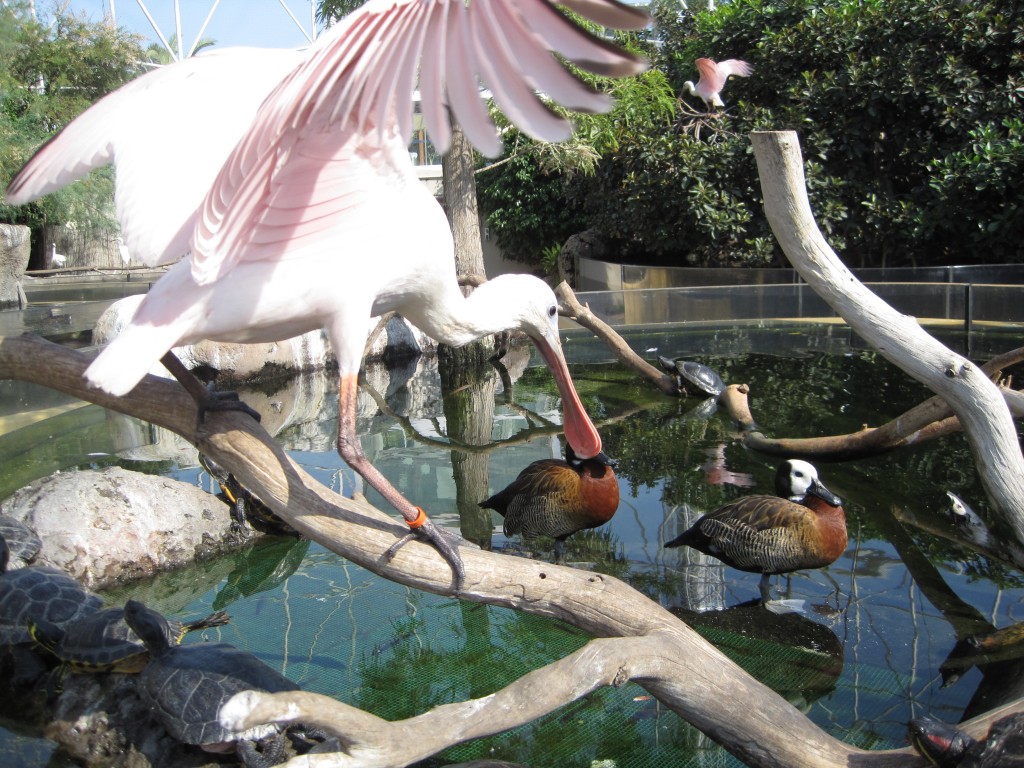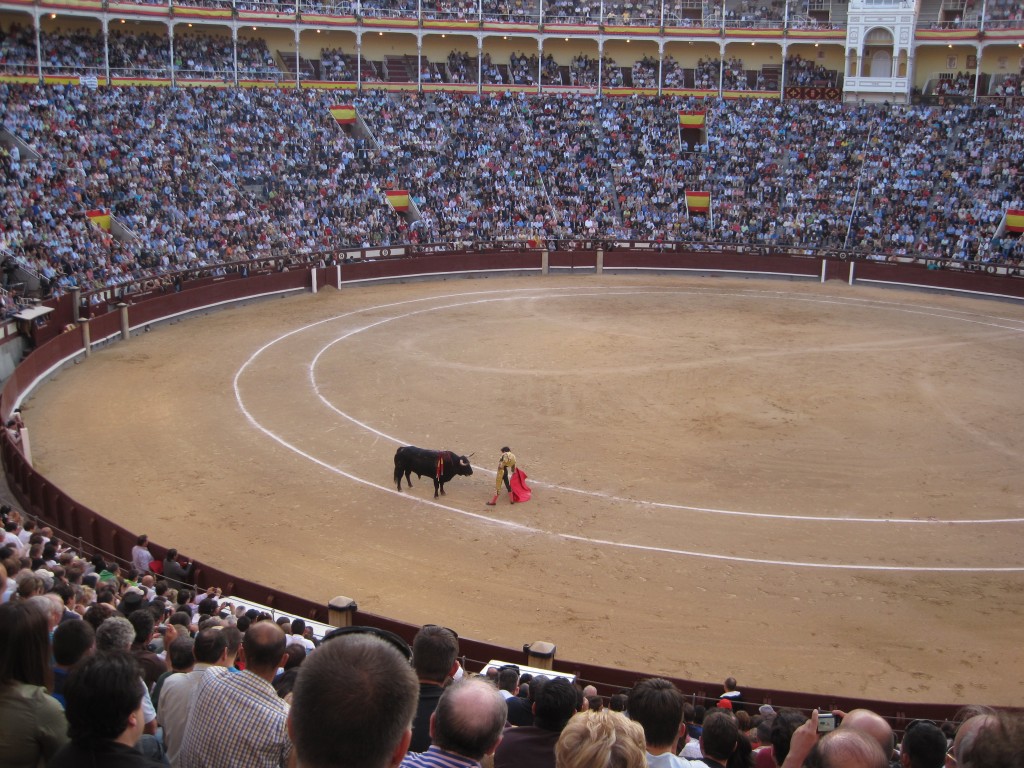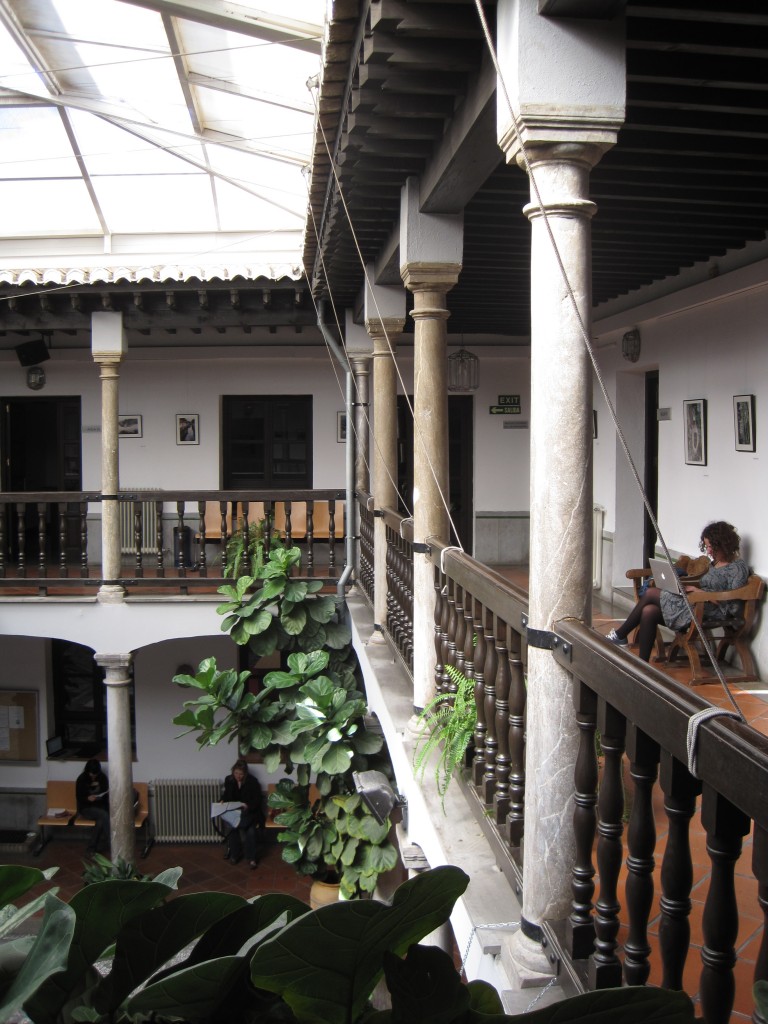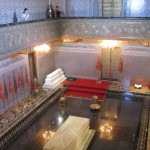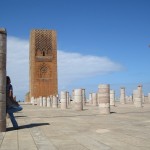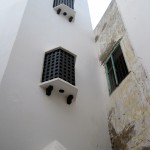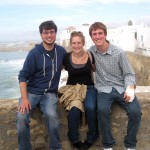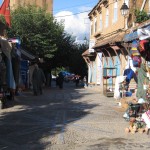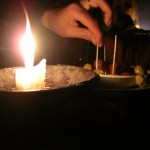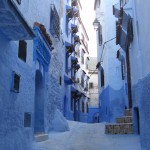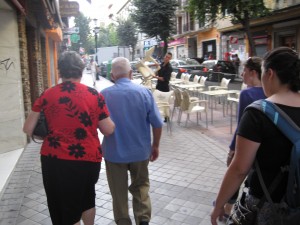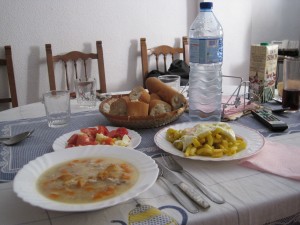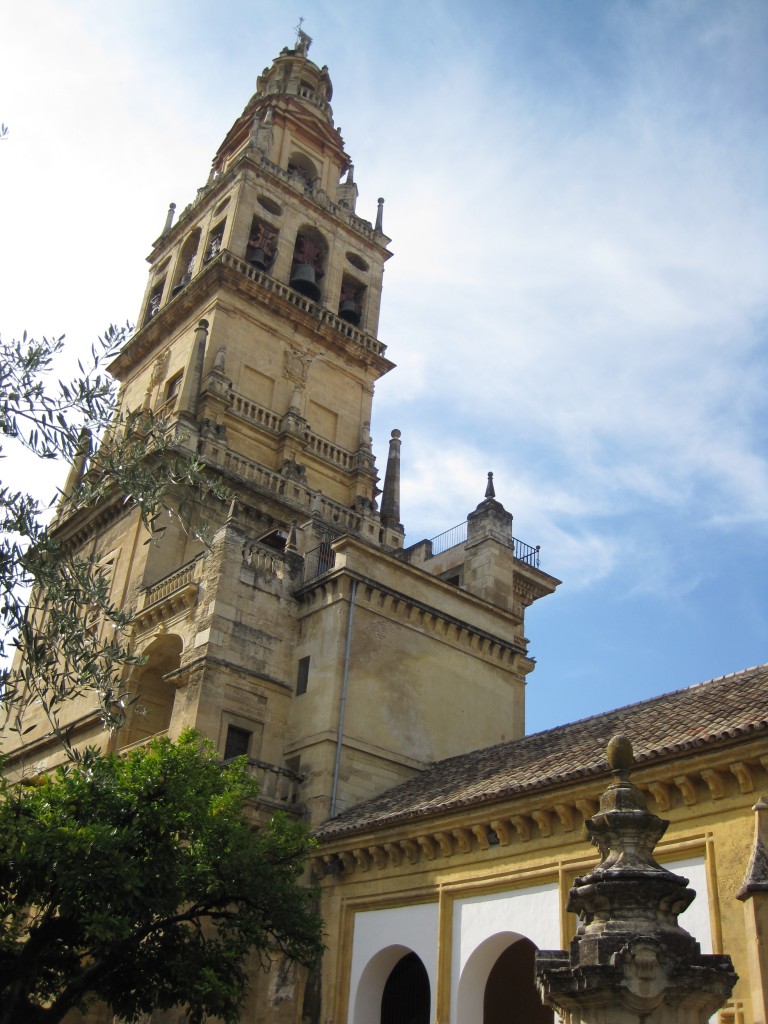
This past weekend, we had a class trip to Córdoba to see their famous Mezquita (mosque), which is now a Catholic cathedral. The history of the building is both impressive and a bit loco. The building was started sometime around the seventh century, and has traded hands between Visigoths, Romans, Muslims, and Spaniards. Thus, in this one building you can see more architectural elements than any other in Spain. I’m no architecture enthusiast, I struggle to pick out differences in Gothic and Baroque art even after taking Spanish Civilization (sorry Professor Miguel-Pueyo), but I still loved seeing it. Just walking through the different sections is like walking through a large museum, but it isn’t a museum!
There are four Islamic sections, and then, all of a sudden, acathedral stands in the middle, overlapping in all but one of the Islamic sections. All around the cathedral are the typical Islamic arches, certainly lending you a very odd feeling when you walk through them into the cathedral.
Oh, and did I mention the Phonecian church that’s buried underneath? That fact wasn’t passed on by word of mouth (I wonder why…) and so not many years back when some flooding occured the marble flooring needed to be replaced. Workers must have been shocked when they found out there was an entirely unexplored church below! You don’t need to hear an essay from me on this, so check out good old wikipedia for better descriptions and some good citations: http://en.wikipedia.org/wiki/Great_Mosque_of_Córdoba

Double arches in the Islamic section. The second arches were added when massive additions were made to the building.
In closing I’ll leave you with a 3d digital video of the Mosque, somewhat hilarious, but very well done:


